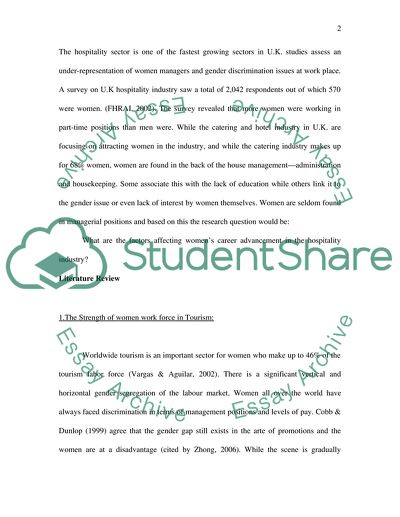Cite this document
(Employing Women in Hospitality Industry Literature review, n.d.)
Employing Women in Hospitality Industry Literature review. Retrieved from https://studentshare.org/human-resources/1711107-introduction-and-literature-review
Employing Women in Hospitality Industry Literature review. Retrieved from https://studentshare.org/human-resources/1711107-introduction-and-literature-review
(Employing Women in Hospitality Industry Literature Review)
Employing Women in Hospitality Industry Literature Review. https://studentshare.org/human-resources/1711107-introduction-and-literature-review.
Employing Women in Hospitality Industry Literature Review. https://studentshare.org/human-resources/1711107-introduction-and-literature-review.
“Employing Women in Hospitality Industry Literature Review”, n.d. https://studentshare.org/human-resources/1711107-introduction-and-literature-review.


